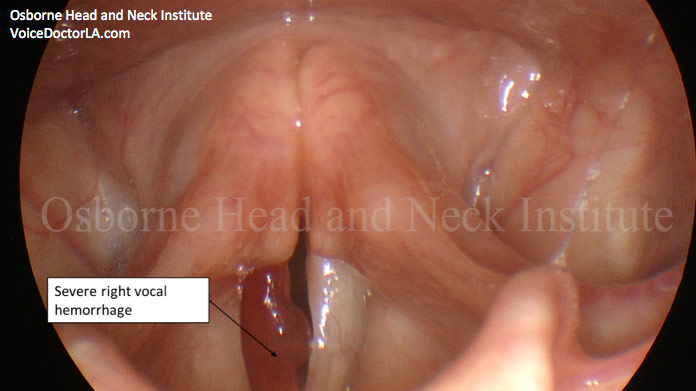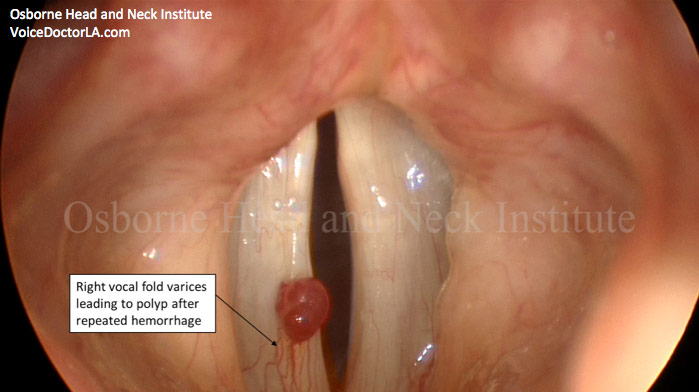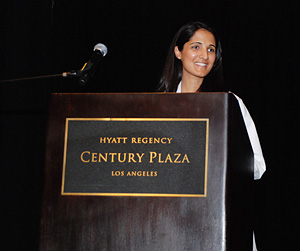- Question: How do the ingredients in e-cigarettes and vaporizers affect respiratory health? - August 16, 2019
- Bad Technique and Vocal Injury - January 9, 2019
- Is Edible Marijuana Dangerous for the Voice? Myths Dispelled - December 18, 2018
- Surprise! You have a hemorrhage - January 31, 2018
- Graves’ Disease: Treatment Overview - September 25, 2017
- Adele and the Stigma of Vocal Injury - July 11, 2017
- Vocal Curbside Consult: How does the thyroid affect the voice? - May 16, 2017
- Vocal Curbside Consult: How do hormones affect the voice? - May 3, 2017
- Vocal Curbside Consult: How do emotion and stress affect the voice? - April 17, 2017
- Vocal Curbside Consult: Vocal Recovery After Illness - April 7, 2017
In a prior article, we discussed how small undetected hemorrhages will eventually lead to a larger vocal injury. The overarching question here, though, is now what? How do we use this information to change our behavior?
Technique
There is no question that good speaking and singing technique will reduce the risk of vocal injury. A good vocal coach and vocal therapist will help to guide you along this road. Your vocal coach will help with singing technique and a good vocal therapist will make adjustments to speaking and singing technique as well as address muscular issues.
Management of medical problems
Early evaluation by a laryngologist ensures vocal risk factors are addressed. Most importantly, vocal fold varices (dilated blood vessels) that form due to overuse or misuse can be identified with videostroboscopy. These will often produce no symptoms but are the precursors to small hemorrhages that may eventually lead to nodules, polyps, cysts, or other vocal injuries.
Early treatment of varices
When varices are identified, these can be treated before they hemorrhage. Varices usually occur on the edges of the vocal folds, at the points of contact, because this is where the majority of voice use force occurs. Therefore, they are at highest risk to rupture because they will get repeatedly hit during voice use.

When a small hemorrhage is identified, or even before it occurs, a safe procedure can be performed to eliminate the varices. The recovery is short and easy and this is a low-risk procedure. This is in direct contrast to the procedure that would be required for nodules, polyp, or cyst removal. The recovery here is longer and the procedure itself is riskier. This is a simple equation of prevention rather than cure and the old aphorism holds true: An ounce of prevention is worth a pound of cure.

The road to eventual surgery for nodules, a polyp, or a cyst is what has been seen for artists such as Meghan Trainor, Adele, and Sam Smith. There is a series of missed engagements and cancelled shows before the micro-hemorrhages lead to a larger injury. The surgery for the larger injury results in a longer recovery. The less risky, preventative route allows for a predictable time course and fewer (if any) missed engagements.

The road to vocal success for a performer is strenuous and it is unfair to attribute injury to technique issues or health issues alone. Back-to-back performances in multiple cities will cause strain. A simple cold may be all that it takes to push a performer into forming a small hemorrhage. Worse still, this hemorrhage may be impossible for the singer to sense. The only symptoms may be fatigue, which is also a natural occurrence when touring or performing heavily.
Being realistic about the toll that demand takes on the voice is the first step to effective treatment. When we focus on the preventative side of vocal injury, with an early check with a laryngologist, early intervention for problems, and rehabilitation, the outcomes are improved and the downtime is lessened. These steps may be the best way we know how to help singers manage the intense demands of a successful career.
To learn more about Dr. Reena Gupta or voice evaluation and treatment, please visit www.voicedoctorla.com.



